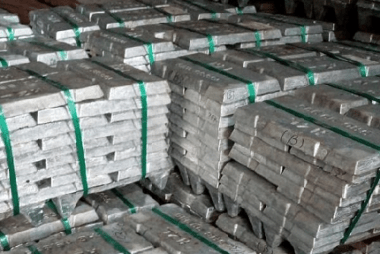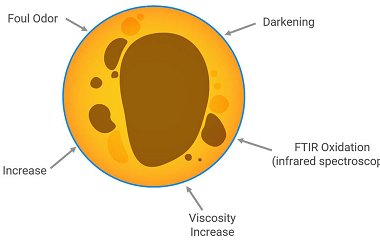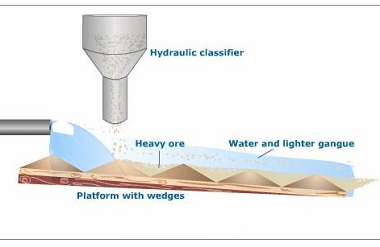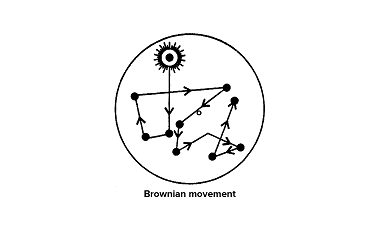Integrated Course AIIMS-SYLLABUS Chemistry syllabus Zinc
Zinc Zinc is a chemical element with the symbol Zn and atomic number 30. It is a transition metal that is commonly found in the Earth’s crust. Here are some key points about zinc: Overall, zinc is an important element with a wide range of industrial, biological, and health-related applications. Its unique properties make it…









